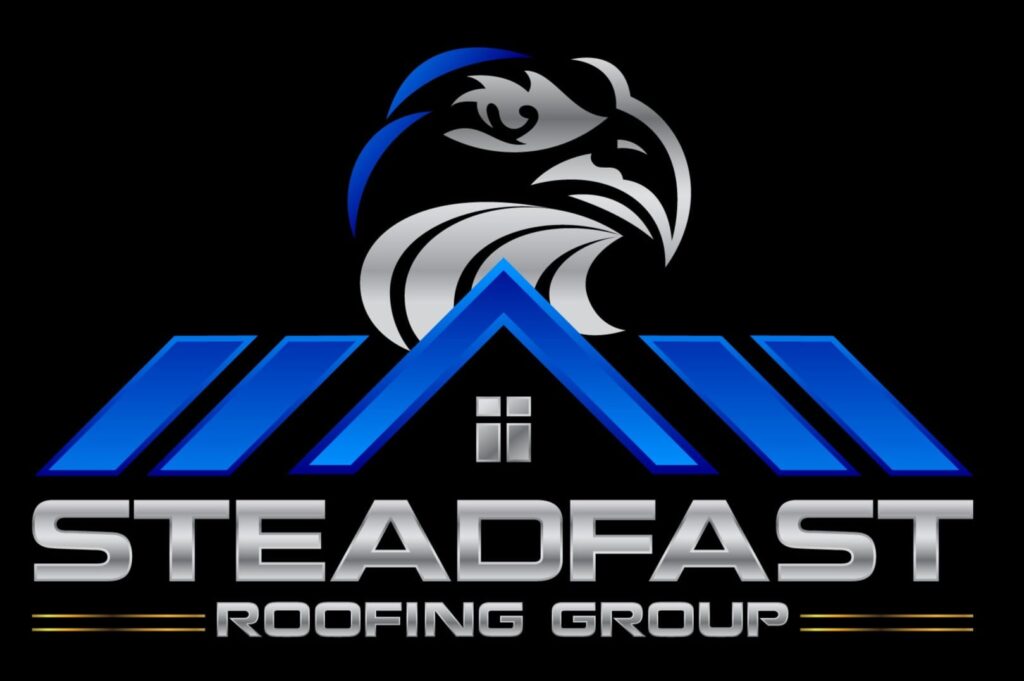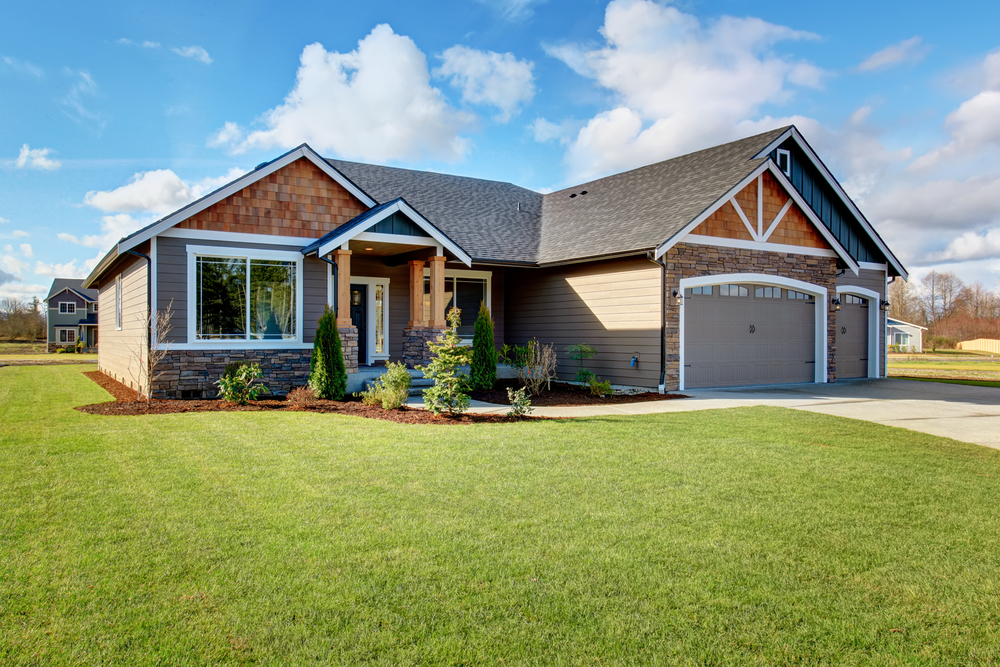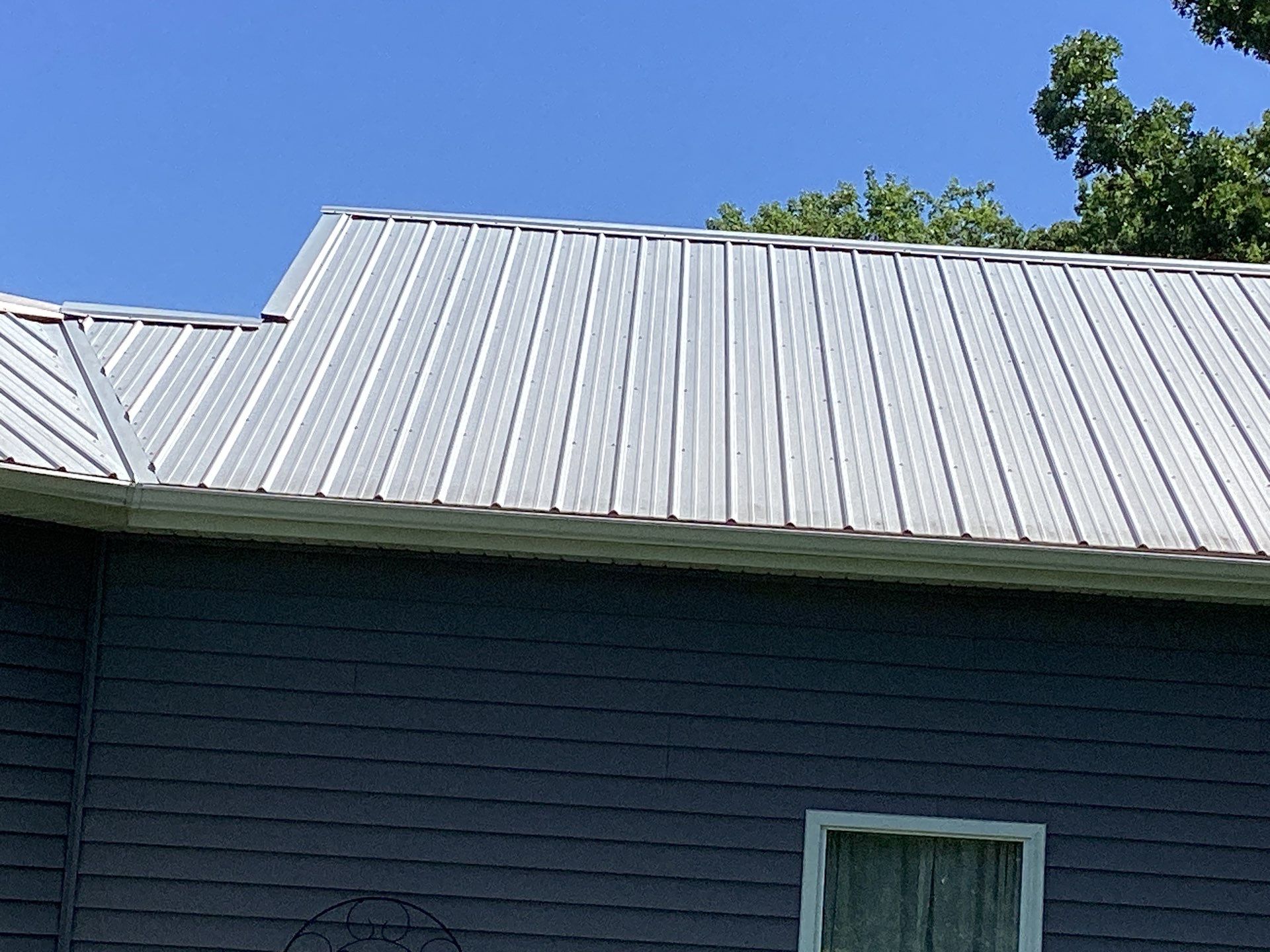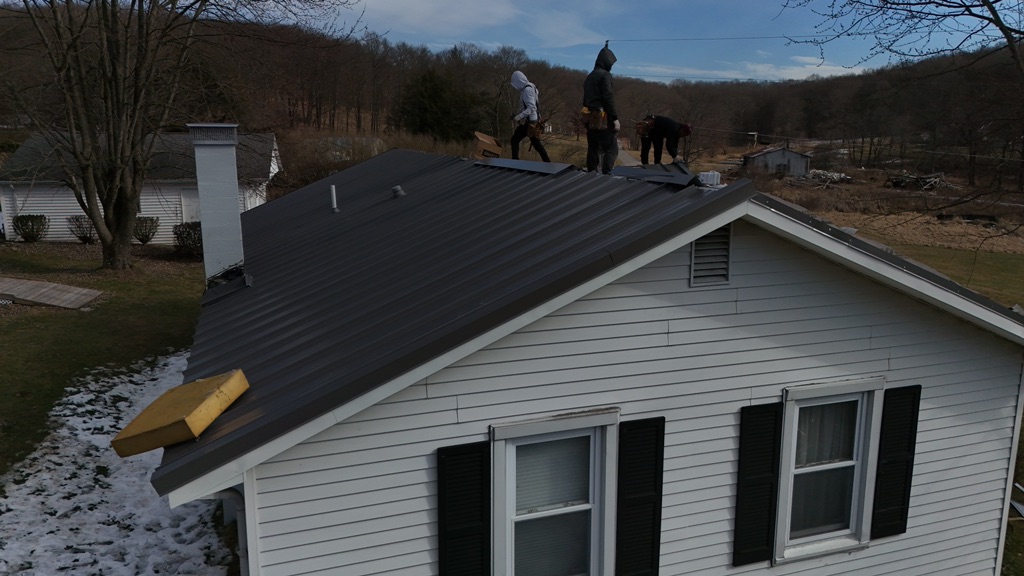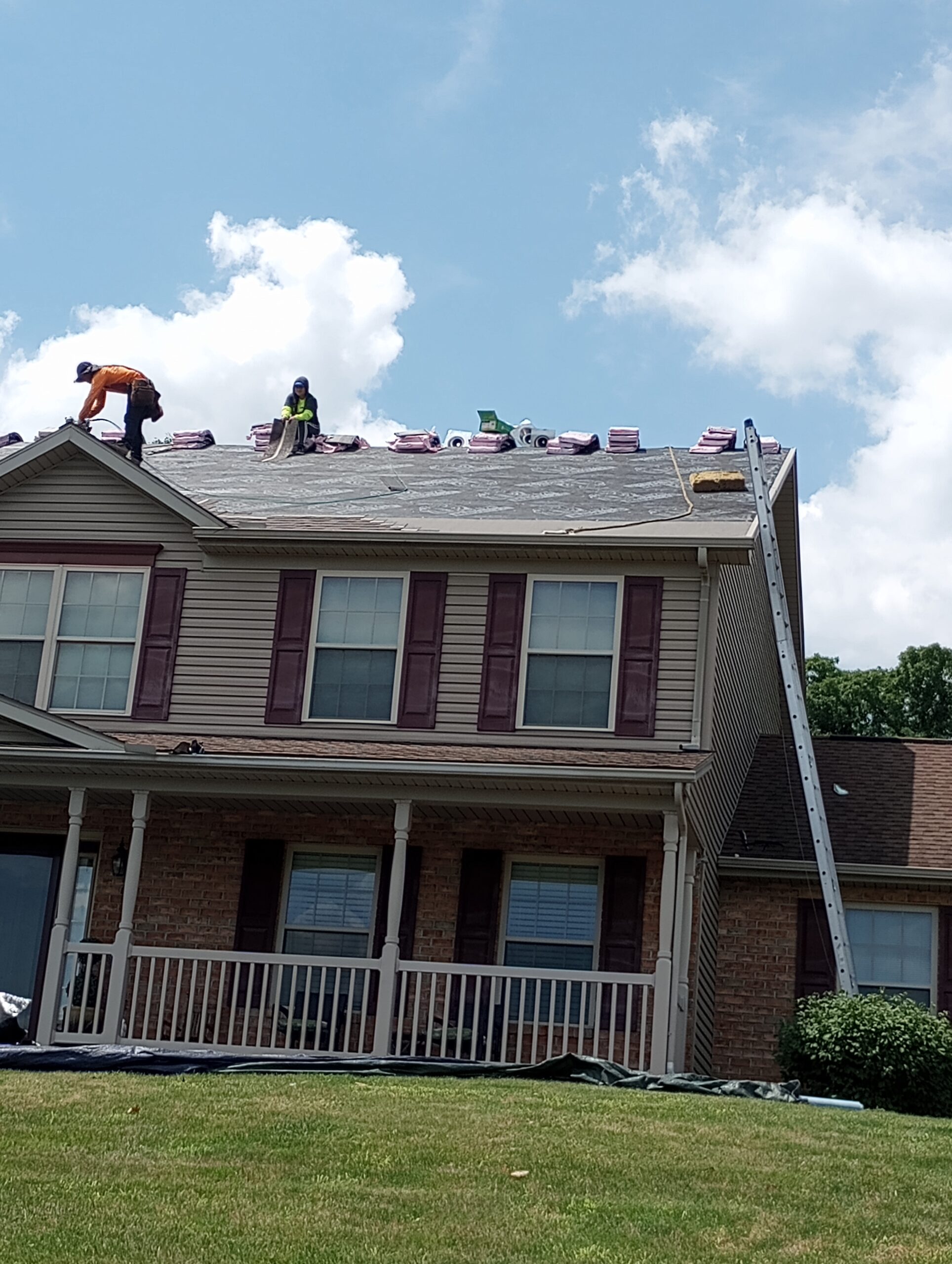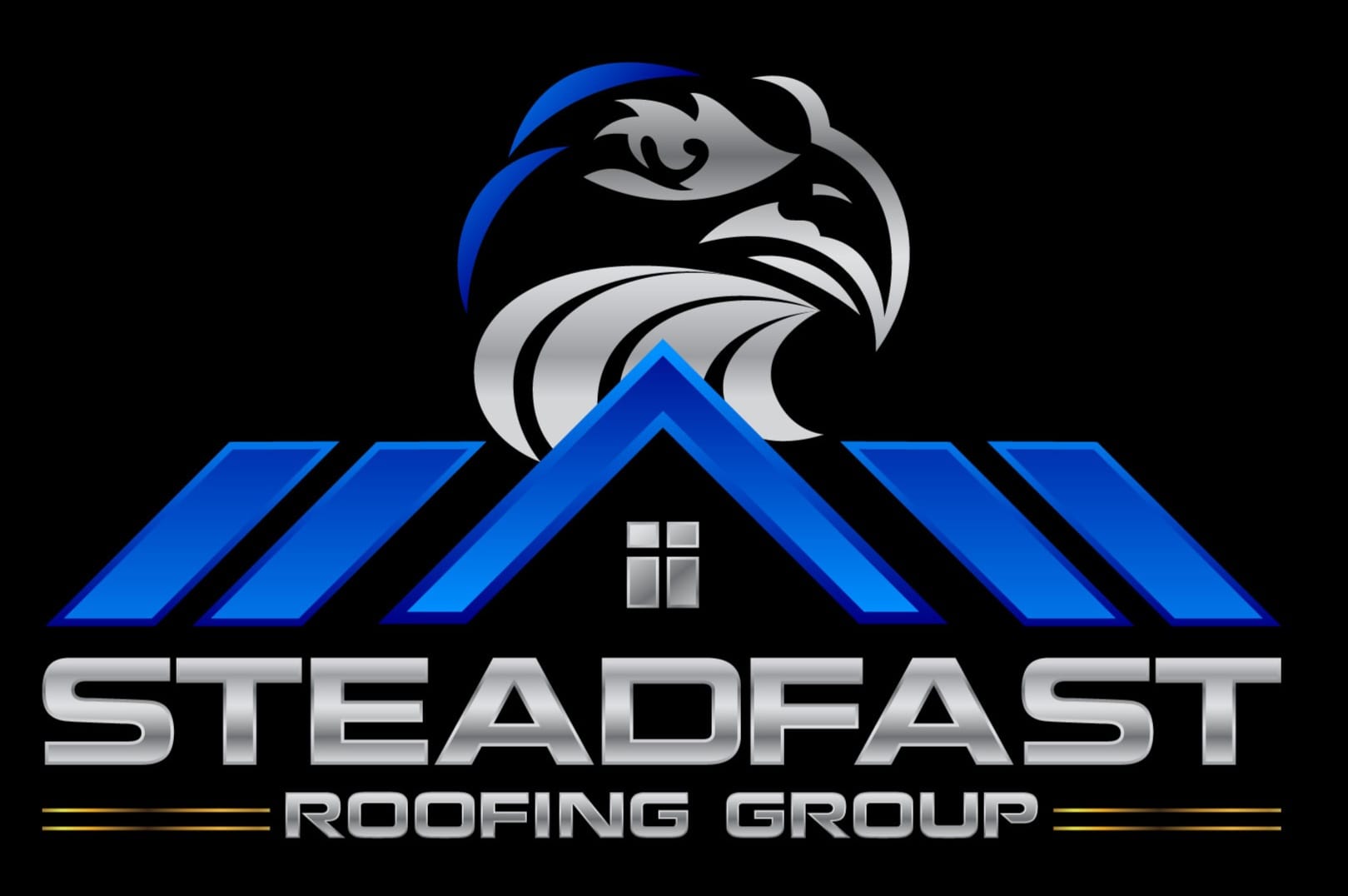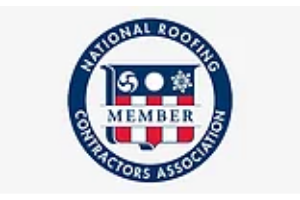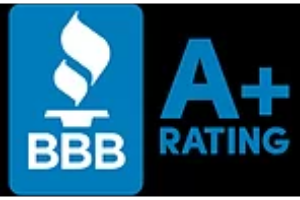The roof of a home is an essential component in protecting the structure and everything inside it. Without proper maintenance and care, roofs can become weakened over time, leading to costly repairs or even replacements.
Understanding when it’s time for a roof replacement is important in keeping your home safe from potential damage due to rain, snow, hail, wind and other elements.
This article will provide information on signs that indicate it’s time for a roof replacement so homeowners can take necessary steps towards ensuring their homes are kept secure and protected.
Missing Or Damaged Shingles
Missing or damaged shingles are an immediate sign that a roof replacement is necessary.
Loose nails can be indicative of a larger problem, as they often result from high winds which have caused the shingles to move and become loose.
When this happens, it usually means the adhesive used to hold them in place has broken down over time due to exposure to heat and UV rays.
In addition to the obvious signs of missing or damaged shingles, there may also be tell-tale signs below the surface such as water damage on ceilings or walls inside your home.
This could indicate that your roof needs replacing even if you don’t see any visible damage from outside.
If these issues are not addressed promptly, then more serious problems like mold growth or structural weakening could occur – creating further costly repairs for homeowners.
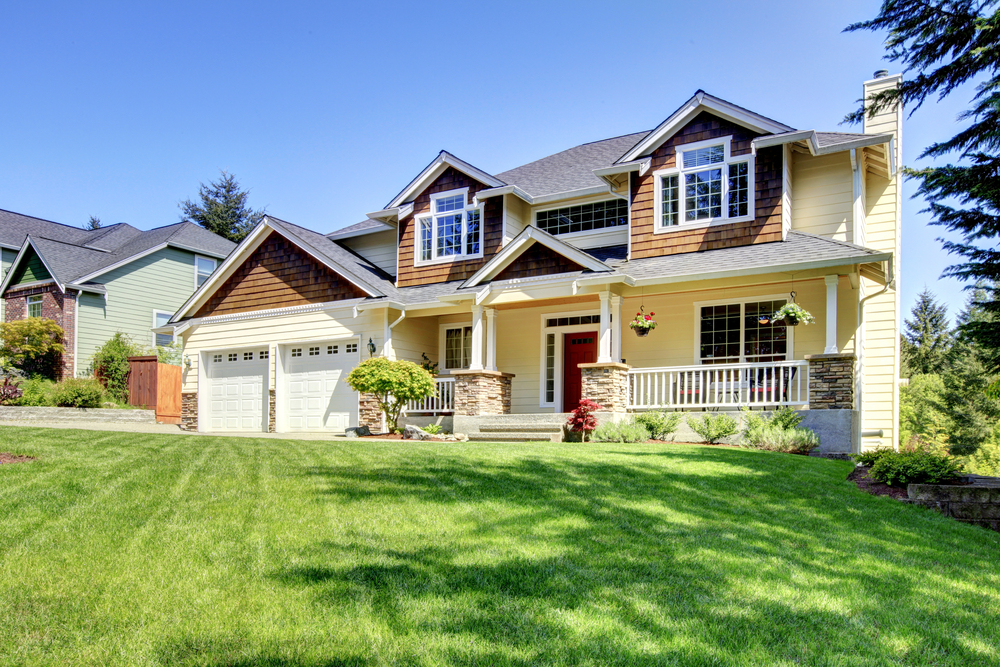
Algae Or Moss Growth
When inspecting a roof for signs of damage, it is important to also check for signs of algae or moss growth. These organisms may appear as green streaks across the surface of the shingles and can indicate that water has been pooling on the roof due to an improper angle or other issues within the structure.
In addition to these visual indicators, blistering paint around areas where moisture collects can be another sign of algae or moss growth. This type of damage should not be taken lightly; if unchecked, such growth could cause permanent damage to both the aesthetic quality and structural integrity of your home’s roof.
Therefore, if you notice any telltale signs of either algae or moss in your roof’s composition, it is wise to consult with a professional contractor who specializes in roofs as soon as possible.
In doing so, you will ensure that any potential problems arising from this kind of biological infestation are addressed quickly before they become more serious – and costly – issues down the line. Taking proactive steps now could save time and money later by preserving the longevity and value of your home’s roof.
Leaks And Water Damage
The roof of a building plays an essential role in protecting its inhabitants from the elements; its condition is thus paramount to their safety and comfort.
Leaks, water damage, and other signs of wear can indicate that it may be time for a replacement.
Roof valleys are one area of particular vulnerability due to their low-lying nature: if left unchecked, they will become more susceptible to leaks over time.
Similarly, inadequate attic ventilation can result in trapped moisture which leads to premature deterioration or rotting rafters and sheathing boards.
These issues should not be taken lightly as they can lead to costly repairs down the line.
Regular inspections and preventive maintenance are key components to preserving your rooftop investment – addressing potential problems quickly will help prevent them from worsening.
To maximize efficiency, have a professional contractor assess the overall structural integrity of your roof with special attention paid to any vulnerable areas such as valleys or old shingles near penetrations like plumbing vents or chimneys.
Damaged Flashings
The damaged flashings are a clear indicator that the roof needs to be replaced.
Flashings, which are strips or sheets of metal or synthetic material used to seal the joints between different sections of a structure, can become cracked and loose over time due to exposure to extreme weather conditions and other elements.
Loose nails may also indicate damage, as these are often used with flashings for extra reinforcement.
Cracked seals on the flashing could lead to water seeping in if not addressed immediately. This is especially true during periods of rain when there is an increased chance of leakage occurring due to improper sealing around the edges of a building’s roof.
Therefore, it is essential that any signs of damaged flashings should be inspected by a professional who can assess the severity and recommend whether repairs or replacements need to be made.
In addition to inspecting the condition of your roof’s flashings, you should keep an eye out for debris such as leaves and sticks that have accumulated beneath it.
If left unchecked, this debris can cause further deterioration and damage as well as providing shelter for pests like rats and insects.
It’s important to regularly clean up any potential sources of obstruction so that appropriate maintenance procedures can be taken before more serious problems arise from neglecting them.
Age Of The Current Roof
A roof’s age can be estimated by a variety of methods, including the presence of weathering effects such as cracking, fading or chalking. Additionally, if there is evidence that any repairs have been made to it over time this may also give an indication of its age and condition.
Age estimation is often used in combination with visual inspection to determine whether a roof needs replacing. In some cases, even roofs less than 10 years old may need replacing due to environmental factors like extreme temperatures or exposure to strong winds.
The overall quality of the roof material and the installation will also play into the decision-making process when determining whether replacement is necessary. It is important for homeowners to consult an experienced professional before making any decisions about their roof’s future.
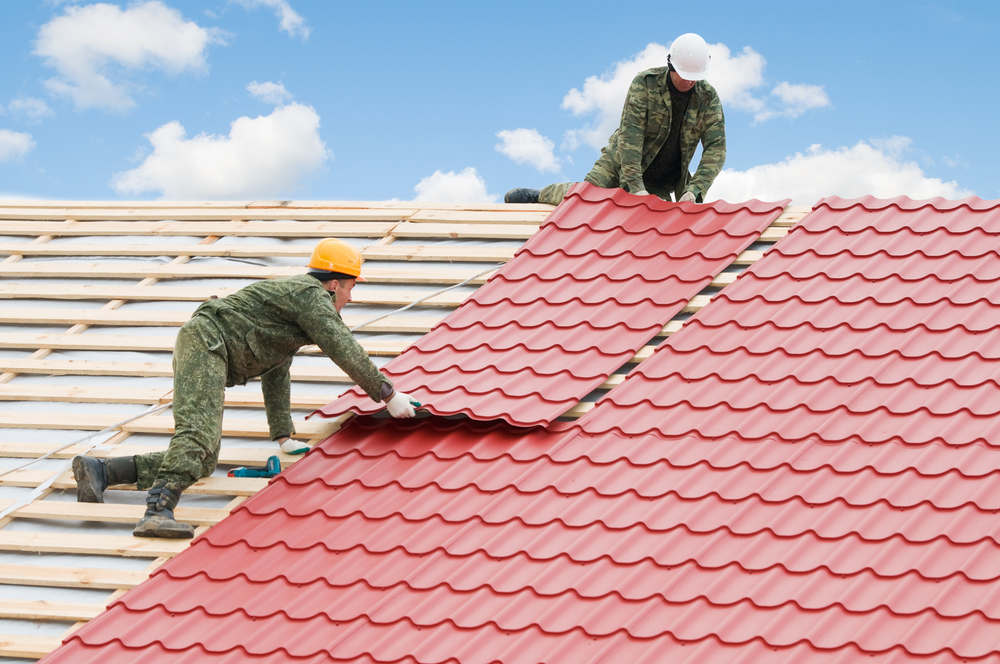
Excessive Granule Loss
The age of the current roof is an important factor to consider when deciding whether or not it’s time for a replacement.
After years of being exposed to harsh climates and extreme temperatures, roofs can begin showing signs of wear.
Another sign that may indicate its time for a roof replacement is excessive granule loss.
Granules are typically embedded into the surface of asphalt shingles which provide them with protection against UV rays and other elements in the environment.
When these granules start wearing off due to natural weathering, this indicates that the roof needs replacing as soon as possible.
This process often accelerates if your home experiences harsh winters or hot summers frequently, leading to more rapid deterioration of the protective materials on top of your shingle layers.
If you notice large amounts of granules collecting around downspouts or gutters near your house, then this could be an indication that your roof has reached the end of its life span and requires replacement before any further damage occurs.
Unusual Noises Or Sagging
It is essential to be aware of the signs that suggest it may be time for a roof replacement.
Unusual noises or sagging can indicate an underlying issue and should not be overlooked. Sagging could point towards structural issues, blocked gutters, ventilation problems or even rotting wood. It is important to investigate these potential causes before any other steps are taken as they may lead to further expensive damage if ignored.
Furthermore, unusual noises from above such as creaking and cracking sounds must also be taken into account. These types of noises usually signify some sort of ageing in the material used within construction and that the beams have weakened over time due to water damage, moisture build-up or improper installation.
As a result, it might mean replacing your existing roof entirely with a new one; something which should never be avoided when necessary.
